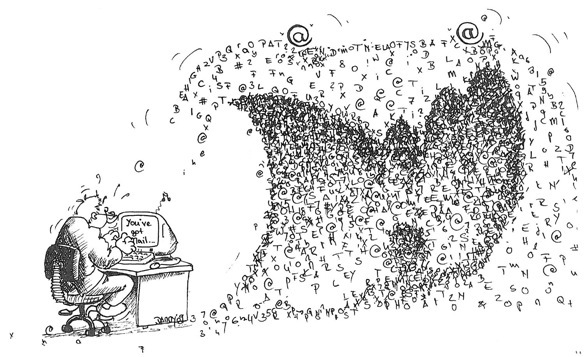Author: Chris Gorgolewski
OpenfMRI becomes OpenNeuro
Six months ago we launched a new platform for sharing and analyzing neuroimaging data – OpenNeuro.org. Over 600 users have registered on the platform since it launched, helping us test all of the new exciting features (such as client-side BIDS dataset validation, resumable uploads, and running analysis apps). We are now ready to make OpenNeuro […]
OpenNeuro App Highlights: ndmg-d
This post is part of a series of blog posts highlighting image analysis apps available on the OpenNeuro.org platform. It was contributed by Greg Kiar. Welcome to part one of a two-part spotlight on an original BIDS App [1], Neurodata’s MRI to graphs (ndmg; pronounced nutmeg) pipeline for connectome estimation. The ndmg pipeline (made in Python, hosted […]
Response to Next-Generation Data Science Challenges in Health and Biomedicine RFI
Text of the Request for Information call: https://grants.nih.gov/grants/guide/notice-files/NOT-LM-17-006.html Recent years have proven that two components are essential for artificial intelligence breakthroughs: large, rich datasets and advanced algorithms. Advances in machine vision (especially object recognition) are a great example of this. The substantial increase in the accuracy of those systems was only possible due to availability of […]
OpenNeuro App Highlights: MAGeT-Brain
This is a first episode of a series of blog posts highlighting image analysis apps available on the OpenNeuro.org platform. This piece was contributed by Gabriel A. Devenyi and Mallar Chakravarty. New to the OpenNeuro platform is the automatic structural segmentation pipeline MAGeT-Brain. Coming along with the pipeline are 5 expertly-segmented atlas/label combinations, at 0.3 mm isotropic, […]
Announcing the OpenNeuro platform – Open and Reproducible Science as a Service
We are pleased to announce that the OpenNeuro platform is now available for users at http://www.openneuro.org. This platform represents the culmination of more than two years of work by the members of our center working closely with Squishymedia and supported by the Laura and John Arnold Foundation. Here we would like to provide an overview […]
Accepted projects for the 2nd CRN Coding Sprint
A few weeks ago we made an open call for applications for the 2nd CRN Coding Sprint. We received an overwhelming number of excellent applications. So many of the submitted projects exceeded our expectations we decided to sponsor more participants than initially planned. Here is the final list of accepted projects: Automate creation of BIDS-MEG […]
2nd Annual CRN Coding Sprint – open call for applications
Stanford Center for Reproducible Neuroscience is proud to announce an open call for applications to the 2nd Annual Coding Sprint. Following the success of last year’s sprint, this year we will be focusing on three topics: Adding support for producing compatible outputs (BIDS Derivatives) to existing BIDS Apps for preprocessing. Containerizing and adding support for […]
CRN presents new MRI quality control and preprocessing tools to the Stanford community
Last Friday (2017/01/13) the Center for Reproducible Neuroscience organized an event at Stanford University to present two new MRI software tools built by the CRN: MRIQC – for quality control – and FMRIPREP – for robust preprocessing. The two tools have been under heavy development for that past year and the purpose of the event […]
Report from the first CRN coding sprint
Two weeks ago (1st-4th of August 2016) we hosted a coding sprint at Stanford aimed at making neuroimaging data processing and analysis tools more portable and accessible. We invited an international group representing many of the leading data processing pipelines (such as SPM, FSL, BROCCOLI, MRTrix, NIAK, C-PAC, Nipype, OPPNI aka NPAIRS, hyperalignment, nilearn, mindboggle […]
Coding sprint for a new neuroimaging data processing platform
The CRN mission is to make the best neuroimaging methods easily available to researchers and at the same time incentivize them to share their data. To achieve this we have built an infrastructure that makes uploading data easy (thanks to the new BIDS standard). Once the data are uploaded, researchers can run preprocessing and analysis […]
How not to get lost in your data
Prof. Smith had a brilliant idea – without acquiring any new data he will be able to test his new hypothesis. All he has to do is to get his PhD student to reanalyze the data acquired by his postdoc two years ago. Brilliant! And so cheap! Everything was rosy until he tried to put […]

